The T in IDT
This Page is All About Technology!




Importance of Technology Integration for Educators and Instructional Designers
Technology integration is essential because it enhances learning, increases accessibility, and prepares students for a digital world. It allows educators to engage diverse learners and helps instructional designers create innovative, adaptable learning experiences. As Roblyer and Hughes (2019) explain, “Technology is not just a tool; it can foster active engagement, collaboration, and real-world connections that deepen learning.” Thoughtful use of technology empowers learners and drives meaningful educational change.
Technology Integration in My Professional Life
Technology has become an integral part of my professional identity as an educator. In my classroom, I have created a dynamic learning environment equipped with three large monitors and a smart screen, all interconnected through Airtame wireless devices. This setup allows me to seamlessly share, display, and manage instructional content across multiple screens, enhancing both student engagement and collaboration. The use of advanced technology not only streamlines instruction but also models the importance of digital literacy for my students. By integrating technology into the very foundation of my teaching space, I demonstrate my commitment to preparing learners for a connected, innovative world.
Technological Growth in Instructional Design and Technology
Throughout my journey in the IDT master’s program, I have significantly expanded my skills with a wide range of educational and design technologies. Below are the tools I have developed proficiency in and how each one has enhanced my professional capabilities:
Google Forms
I learned to design surveys, quizzes, and feedback forms for research and instruction. This tool helped me gather and organize data quickly and efficiently.
Google Sites
I built organized, accessible websites for instructional delivery and parent communication. Google Sites allowed me to create user-friendly platforms without needing advanced coding skills.
Creating a Website with a Domain
I gained experience setting up a custom domain and publishing a live website, which improved my understanding of web hosting, branding, and creating a professional online presence.
Creating a Basic Webpage Using HTML Code
Learning basic HTML coding gave me foundational skills for customizing webpages and understanding the structure behind many digital tools and platforms.
Screencastify
I used Screencastify to record instructional videos and tutorials, making content more accessible to learners and supporting asynchronous learning strategies.
Canva
Canva helped me design professional-quality graphics, infographics, flyers, and social media content. It strengthened my visual communication skills and allowed me to create more engaging learning materials.
Gamification Tools: Kahoot and Flip
I incorporated Kahoot for interactive quizzes and Flip (formerly Flipgrid) for video-based discussions. These tools made learning more engaging and fostered greater participation from students and parents.
Virtual Math Manipulatives
I integrated virtual manipulatives to support students' conceptual understanding of math concepts, especially in remote learning environments. These tools helped make abstract math ideas more concrete and accessible.
Adobe Express
Adobe Express allowed me to create polished graphics, promotional materials, and short videos. It enhanced my ability to present information clearly and professionally.
Canvas
Canvas was the primary Learning Management System (LMS) used in my master’s program. Learning to navigate Canvas—managing assignments, discussions, and course content—was challenging at first but taught me essential skills in organizing online courses and supporting digital learning environments.



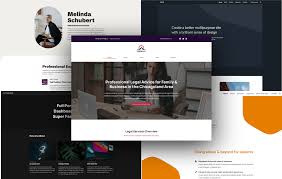



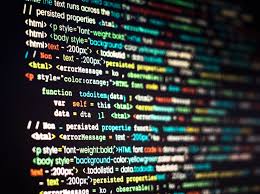

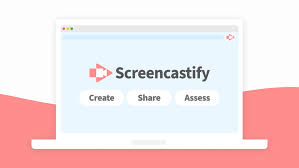



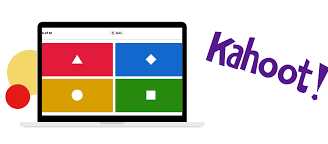

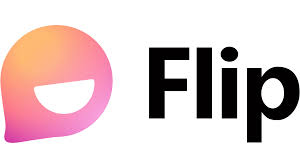

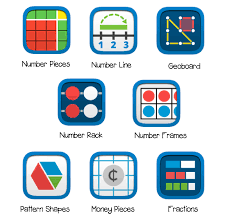
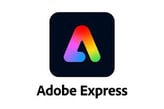

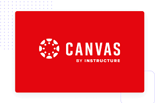

Reflection on Technological Growth
Developing my skills with these tools has transformed me as a professional educator and instructional designer. I have become more confident in creating accessible, engaging, and technology-enhanced learning experiences. These technologies have not only improved my ability to communicate and teach effectively but have also allowed me to reach a broader audience, adapt to diverse learner needs, and stay current in an increasingly digital educational environment.
Mastering these tools has made me a more versatile, creative, and reflective practitioner—ready to design innovative solutions that support learners, parents, and educators alike.
Click on the button below to access some samples of my use of technology 👇

Reference:
Roblyer, M. D., & Hughes, J. E. (2019). Integrating educational technology into teaching (8th ed.). Pearson.
